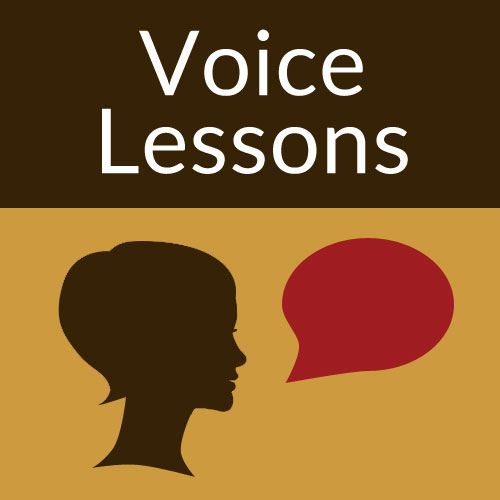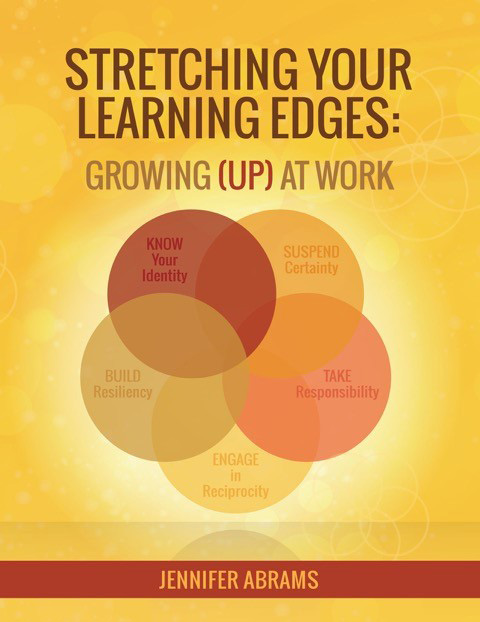How are You? Who are You?
August 2, 2021

As I write this newsletter, I am just two days away from my first in person workshop in over 17 months. The in person work will continue to grow and so is my calendar of workshops on Zoom. Schools are getting back in session. The big question I am asking is who are we and how to we all reacquaint ourselves with each other?
My upcoming keynote with a county office of over 400, all coming back together in person for the first time in over a year, asks each person to ask others three questions as they ‘re-member’ themselves to their teams:
- How are you?
- Who are you? After working remotely and living in a new way, who are you? What’s changed for you? What has your attention now?
- Who do we want to be moving forward?
There is ‘the immediate’ ahead of us. Only so many days before students return. Communications to be sent. Details to be ironed out. The nuts and bolts of the work is coming to the fore. We are getting into the head space of returning back.
And with the cognitive there is also the emotional. We need to recognize that with fewer in person interactions over the past year, being together face to face is something we must do now with awakeness and intentionality. We need to find our footing in order to be two feet in the present together. We need to take some focused time to re-member.
We have changed. We have grown. Our experiences over the last year are varied. Some have been intense. Others have been joyous. We need to learn from each other who we are in the present tense What have we learned? What is new about us that others should know? Have we experienced loss? Appreciated solitude? Learned a new skill?
We must come back with an acknowledgement of our interdependence. If this virus has taught us anything, it is a deep understanding that we are interconnected. We need to take this understanding into our teams and determine how we want to move forward together as a ‘we.’
Can we agree on engaging with each other with respect and care? Can we be mindful of our energy and our actions and know they matter? We can take the time to ask who we choose to be moving forward?
We have an opportunity as we start the school year to be focused and intentional about how we reengage. Suspending our certainty, growing more self-aware, taking responsibility for our words, managing our emotions, treating each other with dignity – it’s all possible. And it matters.
Stretching Your Learning Edges: Growing (Up) at Work is helping many to return to work as our best adult selves for each other, our students, and our community. If you are interested in stretching with me, reach out and we will move forward together. Welcome back.
If you have any questions, comments or topic suggestions, please feel free to email me at jennifer@jenniferabrams.com. I look forward to hearing from you.
Cool Resources
My First Public Workshop. Open to all. Join me!
Stretching Your Learning Edges: Growing (Up) at Work Workshop
September 13, 15, 20, 22 – 12:30pm-2:00pm PDT
Register Here.
Growing Up at Work: How to Transform Personally, Evolve Professionally, Lead Authentically by Yael Sivi and Yosh Beier. Amazon says, “Growing Up at Work explores how you can
- transform into an emotionally mature leader and create healthy employees, teams, and organizations—and by extension, enhance your influence;
- achieve authentic, positive, lasting leadership growth through self-awareness and openness to deep personal growth;
- realize extraordinary results if you choose to grow from the inside out.”
Deep in Thought: A Practical Guide to Teaching for Intellectual Virtues by Jason Baehr. Amazon says, “Baehr profiles nine key virtues that enable learners to initiate the process of learning, maintain forward momentum, and overcome common obstacles. With engaging anecdotes and concrete examples, he presents a wealth of principles, postures, and practices that educators can employ in promoting essential habits of mind such as curiosity, open-mindedness, and intellectual courage. Baehr illustrates how opportunities to practice these intellectual habits can be integrated into the classroom in ways that align with current teaching practices. In addition, he shows how educators can adapt these practices to accommodate students’ identities, developmental abilities, and interests.”

